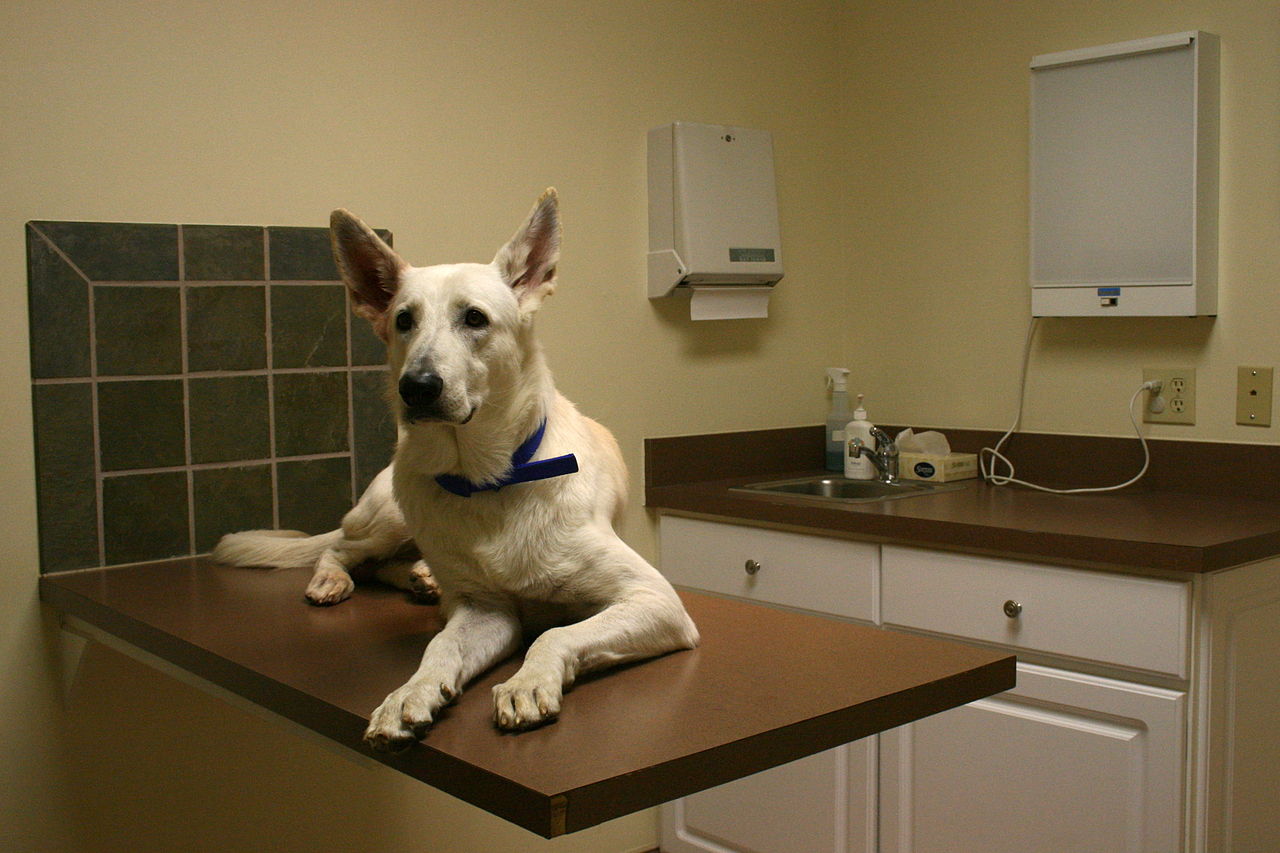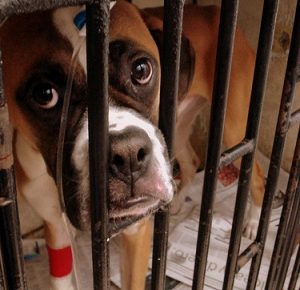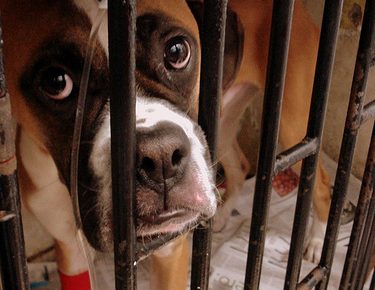Yeast is a naturally occurring spore-form of fungi.
We humans and dogs have healthy amounts of yeast on our bodies when our immune system is functioning properly. When the immune system is not balanced and is underactive, problems with overgrown yeast can occur. Yeast infections seem to appear more often in warm weather.
Medications are often the culprit in unbalanced yeast levels. Antibiotics prescribed for infections often destroy good bacteria as well as the bad. Steroids used to combat allergies will lower an overactive immune system, causing an imbalance of normal flora levels. A dog suffering with allergies can develop an allergy to his/her own yeast.
Diagnosis is made through a culture of skin cells or a skin swab examined through a microscope. But you can tell if your dog has a yeast infection simply by the unpleasant, abnormal odor emanating from him/her.
Another symptom of overgrown yeast is itchiness. If your dog spends too much time scratching, particularly ears, paws, butt area, think yeast problem.
Yeast requires sugars such as carbohydrates that break down into sugars (honey etc.) in order to grow. This means a good look at your dog’s diet and go sugar-free. Eliminate grains such as rice, wheat, soy, corn from the diet. When adding veggies, avoid potatoes (white and sweet) and those high in sugar such as carrots and beets. Add small amounts of garlic or oregano to your dog’s food which possess anti-fungal properties that will help reduce yeast.
Kefir, usually made from cow, goat or sheep milk and similar to yogurt, has been shown to have many benefits including controlling yeast infections. Start adding small amounts to your dog’s food – 1 teaspoon for small dogs, 1-2 tablespoons for medium size dogs and 2-3 tablespoons for large dogs. Gradually increase amounts to: 1 tbsp. for small dogs, 1/8 cup for medium size dogs, 1/3 cup for large dogs, 1/2 cup for giant dogs.
The affected areas of the body must be cleaned before applying any veterinary recommended salves or lotions. First wash the areas with plain water or add a small amount of hydrogen peroxide and white vinegar. Don’t add too much as it might irritate the skin, about a couple of tablespoons and a cup of vinegar to a gallon of water. For paws, place water in a basin and let them soak a bit. You can then use an anti-fungal shampoo recommended by your vet to clean the area. Follow directions. Rinse using plain water with some white vinegar added. Dry thoroughly. Do this as often as your vet directs. It’s very important to keep the areas clean and very well dried. Check ears, paws and body regularly.
If the yeast infection is chronic and recurring, your dog’s immune system may have to be measured to check levels of immune globulins produced.



